In the last section, you learned the meditation on the five aggregates of clinging within the four establishments of mindfulness. This is a dhammānupassanā meditation. While contemplating on the impermanence of the five aggregates of clinging, you use any comfortable posture.
The clinging aggregates are form, feeling, perception, volitional formations, and consciousness. Each aggregate can be contemplated as past, present, or future; as internal or external; as gross or subtle; as inferior or superior; and as far or near. This contemplation is done through observing of their impermanence, suffering, and non-self nature. You need to remember here that non-self denotes something that is beyond one’s control. The great benefit of this meditation is that the person who practices this meditation also cultivates the wisdom needed to recognize impermanence as impermanent, suffering as suffering, and non-self as beyond one’s control. This contemplation is done thus, these are the five aggregates of clinging, this is how they arise, and this is how they cease.
Next, the Buddha taught about the meditation on the six sense bases. The six sense bases are eye, ear, nose, tongue, body, and the mind. It is through these six sense bases that the entire five aggregates of clinging and the phenomenon of dependant co-arising are formed. The meditations mentioned above have been practiced and many people have achieved the results throughout a long history. The Buddha teaches the obtaining of an eye, an ear, a nose, a tongue, a body, or a mind is the obtaining of suffering. That is the existence of diseases. That is the appearance of aging and death. Therefore, the Buddha taught that these six sense bases are suffering and must be realized as such.
The Buddha taught in the Satipatṭhāna sutta “Cakkhuṁ ca pajānāti,” the meditator clearly understands the eye. “Rūpe ca pajānaāti,” the meditator clearly understands the visible object or form. “Yaṁ ca tadubhayṁ paticca uppajjati saṁyojanaṁ taṁca pajānāti,” the meditator clearly understands the bondage of passion and desire owing to the visual object. This bondage arises, dependant on the eye and the visual object. “Yathā ca anuppanassa saṁyojanassa uppado hoti taṁca pajānāti,” the meditator clearly understands how a bondage that had not arisen has arisen. Such bondage arises due to unwise consideration or ayonisomanasikāro. The meditator clearly understands how bondage that has now arisen is eradicated. Such bondage is eradicated by seeing things as they truly are through wise consideration or yonisomanasikāro. The meditator clearly understands how bondage that has now being eradicated through right understanding will in future never arise.
In order to understand the meditation on the sense bases, there needs to be a better understanding of the workings of these sense bases. Once, there was a discussion between the great arahants Sāriputta and Mahākotṭhita. The arahant Mahākotṭhita asked the great Sāriputta, “Is the eye fettered by the form or is the form fettered by the eye? Is the ear fettered by sound or is the sound fettered by ear? Is the nose fettered by smell or is the smell fettered by nose? Is the tongue fettered by taste or is the taste fettered by tongue? Is the body fettered by the tangible or is the tangible fettered by body? Is the mind fettered by thought or is the thought fettered by mind?”
The reason for this question is that it usually seems like the eye and the form are bound together, the ear and sound are bound together, the nose and smell are bound together, the tongue and taste are bound together, the body and the tangible are bound together, and the mind and thought are bound together. But the truth is different. These internal objects and external objects are completely separate and independent from each other. The great arahant Sāriputta answered, “The eye is not bound to form, neither is form bound to the eye. The ear is not bound to sound, neither is sound bound to the ear. The nose is not bound to smell, neither is smell bound to the nose. The tongue is not bound to taste, neither is taste bound to the tongue. The body is not bound to the tangible, neither is the tangible bound to the body. The mind is not bound to thought, neither is thought bound to the mind.” The great arahant Sāriputta then said, “Had they been bonded, Nibbāna would not be possible through this noble eight-fold path. He then presented a wonderful explanation thus: if there is a length of rope with a white cow at one end and a black cow at the other end. The black cow and the white cow are still quite separate and distinguishable from each other. Where the white cow goes, the black cow goes. Where the black cow goes, the white cow goes. One may say, the white cow goes because of the black cow or one may say the black cow goes because of the white cow. The truth is they both go because of the rope.
What you need to understand from this story is when the rope is broken both cows go free. Likewise the Buddha teaches it is the bondage of desire that holds the internal sense base and the external object together. The person who has such bonds looks at the working of his sense bases with clear mindfulness. Then he sees the impermanence of the organ that is called eye. He also sees the impermanence of the form. He realizes that the eye exists dependant on nāma-rūpa or mentality and materiality. Some believe that the eye is composed of just the four great elements. If this were so, it would be possible to create an artificial eye and create a consciousness within that artificial eye. That is impossible. As the eye arises dependant on mentality and materiality, it is also based on all the characteristics of mentality and materiality. This is true for the other five sense bases as well. That is why in the explanation of the dependant co-arising, the Buddha taught “Nāmarūpa paccayā salāyataṁ,” with the arising of mentality and materiality, six sense bases arise.
When contemplating with clear mindfulness the eye that arises dependant on mentality and materiality, the meditator sees the impermanence of the eye. When contemplating with clear mindfulness the ear that arises dependant on mentality and materiality, he sees the impermanence of the ear. When contemplating with clear mindfulness the nose that arises dependant on mentality and materiality, he sees the impermanence of the nose. When contemplating with clear mindfulness, the tongue that arises dependant on mentality and materiality, he sees the impermanence of the tongue. When contemplating with clear mindfulness the body that arises dependant on mentality and materiality, he sees the impermanence of the body. When contemplating with clear mindfulness the mind that arises dependant on mentality and materiality, he sees the impermanence of the mind. He understands that as the mentality and materiality are impermanent, the six sense bases too are impermanent.
In the same way, he understands that forms, sounds, smells, tastes, tangibles, and thoughts are all impermanent. When contemplating in this manner, if there arises a fetter due to the impermanent eye and the impermanent form, he realizes the nature of the fetter, how it arises and how it ceases. In this manner, he understands the impermanent nature of the six sense bases.
You are now aware that these six sense bases are impermanent. Why are they impermanent? They are impermanent because as they arise dependant on mentality and materiality, which too are impermanent.
In the Saṁyutta Nikāya, or the connected discourses of the Buddha, there is a chapter named Okkanti chapter. Okkanti means being emerged. Here the emergence is in the Dhamma or the phenomenon of the nature. If you want to be emerged in the path to ultimate freedom, the noble eightfold path you first need saddhā or confidence. Without saddhā this ultimate freedom is not possible.
When you understand that this teaching about reality was taught by the Buddha, you develop confidence in that Dhamma as follows: the eye which arises dependant on mentality and materiality is impermanent; the ear which arises dependant on mentality and materiality is impermanent; the nose which arises dependant on mentality and materiality is impermanent; the tongue which arises dependant on mentality and materiality is impermanent; the body which arises dependant on mentality and materiality is impermanent, and the mind which arises dependant on mentality and materiality is impermanent.
Similarly, you place confidence in the Dhamma as follows: forms, sounds, odours, tastes, tangibles, and thoughts are impermanent. You also place confidence in the Dhamma as follows: eye consciousness, ear consciousness, nose consciousness, tongue consciousness, body consciousness, and mind consciousness are also impermanent.
Similarly, you place confidence in the Dhamma as follows: eye contact, which is the union of the eye, form, and the eye consciousness, is impermanent. Likewise, the ear contact, nose contact, tongue contact, body contact, and mind contact are also impermanent. You establish your confidence in this manner and investigate further with wise consideration.
Then you place confidence in the Dhamma as follows: the feelings born from these six types of contact are impermanent. You also place confidence in the Dhamma as follows: the perception of the form, the sound, the odour, the taste, the tangible and thought are all impermanent too.
You place confidence in the Dhamma as follows: volitions based on perceived forms are impermanent, volitions based on he perceived sounds are impermanent, volitions based on the perceived smells are impermanent, volitions based on perceived tastes are impermanent, volitions based on perceived tangibles are impermanent, and volitions based on perceived thoughts are impermanent.
You place confidence in the Dhamma as follows: the desires caused by this process within me are also impermanent. If you think of something you liked very much a few years ago, which you are quite indifferent to now, you can then see the truth of this. Similarly, things you dislike as children could be value highly now. Who knows what your preferences will be in the future. In the future, you will have to relinquish many things you treasure now. So, you know that desires are very transient and impermanent.
The moment you establish confidence within yourself about the impermanence of the impermanent factors, you have emerged into the Noble Eight fold Path. A disciple who has emerged into the Noble Eightfold Path is known as “saddhānusārī” or the disciple with confidence. The Buddha teaches that the saddhānusārī disciple uses his confidence as a foundation to investigate this process further. He is then known as “dhammānusārī” or a disciple who has partially realized the nature of things but has not yet attained the state of stream enterer. Both saddhānusārī disciples and dhammānusārī disciples are on the fruit of stream entry. If one continues to tread this path further with diligence, he will become a stream enterer. At some point on his journey, such a person will realize “Yaṁ kiṁci samudaya Dhammaṁ sabbaṁ taṁ nirodha Dhammaṁ,” all things that arise due to causes will cease to be, once the causes cease to exist, thereby realizing the impermanent nature of things. This realization arises with the direct goal of realizing the four noble truths. Such a disciple has the sammāditṭhi or right view. Such a disciple has recognized the Noble Eightfold Path and is immersed in the path. He is called a noble disciple who is accomplished in view, accomplished in vision, who has arrived at this perfect Dhamma, who sees this perfect Dhamma, who possesses a trainee’s knowledge, a trainee’s true knowledge, who has entered the stream of the Dhamma, a noble one with penetrative wisdom, one who stands squarely before the door to Nibbāna.
When the disciple is mindful of the six sense bases in this meditation, he involuntarily becomes more in command on his senses. That is how he remains unbound to external objects. The moment a fetter is created, the paticcasamuppādo or dependant co-arising comes into effect. When the six sense bases arise, contact arises. When contact arises, feeling arise. When feeling arises, craving arises. When craving arises, clinging arise. When clinging arises, formation of kamma to be ripened arises. Due to the arranging of karma, one takes rebirth. Through this meditation, he will realize how this dependant co-arising arises from the six sense bases. So, he meditates in an effort to prevent bonds, fetters, and defilements from forming by cultivating mindfulness on these sense bases.
When he recognizes these impermanent sense bases within himself, he realizes that other beings too have impermanent sense bases. Outside of him, whatever forms, sounds, odours, tastes, tangibles, and thoughts exist, he understands that they are impermanent and that it is the same for him, and for others too. Therefore, he remains detached. “Yathā ca uppannassa saṁyojanassa pahānaṁ hoti taṁca pajānāti,” as he investigates this with insight, when existing fetters are finally destroyed, he understands how that happens. This is done by yonisomanasikāra or investigation of this process using wise consideration, as you just learned. It is by applying yonisomanasikāra which will enable you to develop the ability to see the true nature of things. Investigating with wise considerations means investigating the way the Buddha taught us. It is through seeing correctly, that you can destroy these fetters that bind you to continued existence. If you do not do this, you continue to be attached.
“Rūpaṁ disvā satimutṭhā,” when you perceive a form, you are confounded by it; “Piya nimittaṁ manasikaroto,” you build on your imagination and embark on mental journey. You begin to grasp this form and imagine mental formations. Your mind becomes immersed in images and mental adventures. “Sārattha citto vedeti,” you keep enjoying signs and features of the visual object with an attached mind. “Taṁca ajjhosāya titṭhati,” the mind gets established in the object. “Tassa vaddhaṁti vedanā anekā rūpa sambhavā,” this creates many sensations based on this form. Your mind becomes plagued by desire and exertion. You are engaged in unwise consideration. In this way, you hold suffering and push away the ultimate freedom of Nibbāna. Your usual lifestyle is geared to take you away from this ultimate freedom. By continuing down this mundane road and wishing or hoping for freedom is futile. Therefore, if you want to head for the ultimate freedom, it is imperative that you develop mindfulness on the impermanence of these six sense bases. When mindfulness on the impermanence of these six sense bases is developed and the arising and the cessation of the sense bases are seen as impermanent, there will be no perceiving of any of the sense bases as me, mine or under my control.
You would only consider a course of action, which would free you from the eye; a course of action, which would free you from the ear; a course of action, which would free you from the nose; a course of action, which would free you from the tongue; a course of action, which would free you from the body; a course of action, which would free you from the mind. This course of action would free you from this world and this course of action would free you from the next world and everything else. At that point, the disciple would comprehensively understand the Buddha’s teachings.
Contemplation of the sense bases
Eye
Because the eye arises due to causes and changes quickly, the eye is impermanent, impermanent, impermanent. Eye is not me, not mine, not myself.
Because forms arise due to causes and change quickly, forms are impermanent, impermanent, impermanent. Forms are not me, not mine, not myself.
Because eye consciousness arises due to causes and changes quickly, it is impermanent, impermanent, impermanent. Eye consciousness is not me, not mine, not myself.
Because the union of eye, form, and eye consciousness arise due to causes and change quickly, eye contact is impermanent, impermanent, impermanent. Eye contact is not me, not mine, not myself.
Because feeling born from eye contact arises due to causes and changes quickly, it is impermanent, impermanent, impermanent. The feeling born from eye contact is not me, not mine, or not myself.
Because the perception of form arises due to causes and changes quickly, it is impermanent, impermanent, impermanent. perception of form is not me, not mine, not myself.
Because volitions regarding form arise due to causes and change quickly, they are impermanent, impermanent, impermanent. Volitions regarding form are not me, not mine, not myself.
Because the desire for forms arises due to causes and changes quickly, it is impermanent, impermanent, impermanent. Desire for forms is not me, not mine, not myself.
Ear
Because the ear arises due to causes and changes quickly, the ear is impermanent, impermanent, impermanent. The ear is not me, not mine, not myself.
Because sounds arise due to causes and change quickly, sounds are impermanent, impermanent, impermanent. Sounds are not me, not mine, not myself.
Because sound consciousness arises due to causes and changes quickly, it is impermanent, impermanent, impermanent. Sound consciousness is not me, not mine, not myself.
Because the union of ear, sound, and ear consciousness arise due to causes and change quickly, ear contact is impermanent, impermanent, impermanent. Ear contact is not me, not mine, not myself.
Because feeling born from ear contact arises due to causes and changes quickly, it is impermanent, impermanent, impermanent. The feeling born from ear contact is not me, not mine, or not myself.
Because the perception of sound arises due to causes and changes quickly, it is impermanent, impermanent, impermanent. Perception of sound is not me, not mine, not myself.
Because volitions regarding sound arise due to causes and change quickly, they are impermanent, impermanent, impermanent. Volitions regarding sounds are not me, not mine, not myself.
Because the desire for sound arises due to causes and changes quickly, it is impermanent, impermanent, impermanent. Desire for sounds is not me, not mine, not myself.
Nose
Because the nose arises due to causes and changes quickly, the nose is impermanent, impermanent, impermanent. The nose is not me, not mine, not myself.
Because smells arise due to causes and change quickly, smells are impermanent, impermanent, impermanent. Smells are not me, not mine, not myself.
Because nose consciousness arises due to causes and changes quickly, it is impermanent, impermanent, impermanent. Nose consciousness is not me, not mine, not myself.
Because the union of nose, smells, and nose consciousness arise due to causes and change quickly, nose contact is impermanent, impermanent, impermanent. Nose contact is not me, not mine, not myself.
Because feeling born from nose contact arises due to causes and changes quickly, it is impermanent, impermanent, impermanent. The feeling born from nose contact is not me, not mine, not myself.
Because the perception of smells arises due to causes and changes quickly, it is impermanent, impermanent, impermanent. Perception of smells is not me, not mine, not myself.
Because volitions regarding smells arise due to causes and change quickly, they are impermanent, impermanent, impermanent. Volitions regarding smells are not me, not mine, not myself.
Because the desire for smells arises due to causes and changes quickly, it is impermanent, impermanent, impermanent. desire for smells is not me, not mine, not myself.
Tongue
Because the tongue arises due to causes and changes quickly, the tongue is impermanent, impermanent, impermanent. The tongue is not me, not mine, not myself.
Because tastes arise due to causes and change quickly, tastes are impermanent, impermanent, impermanent. Tastes are not me, not mine, not myself.
Because tongue consciousness arises due to causes and changes quickly, it is impermanent, impermanent, impermanent. Tongue consciousness is not me, not mine, not myself.
Because the union of tongue, taste, and tongue consciousness arise due to causes and change quickly, tongue contact is impermanent, impermanent, impermanent. Tongue contact is not me, not mine, not myself.
Because feeling born from tongue contact arises due to causes and changes quickly, it is impermanent, impermanent, impermanent. The feeling born from tongue contact is not me, not mine, or not myself.
Because the perception of taste arises due to causes and changes quickly, it is impermanent, impermanent, impermanent. Perception of taste is not me, not mine, not myself.
Because volitions regarding taste arise due to causes and change quickly, they are impermanent, impermanent, impermanent. Volitions regarding taste are not me, not mine, not myself.
Because the desire for taste arises due to causes and changes quickly, it is impermanent, impermanent, impermanent. Desire for taste is not me, not mine, not myself.
Body
Because the body arises due to causes and changes quickly, the body is impermanent, impermanent, impermanent. The body is not me, not mine, not myself.
Because tangibles arise due to causes and change quickly, tangibles are impermanent, impermanent, impermanent. Tangibles are not me, not mine, not myself.
Because body consciousness arises due to causes and changes quickly, it is impermanent, impermanent, impermanent. Body consciousness is not me, not mine, not myself.
Because the union of body, tangibles, and body consciousness arise due to causes and change quickly, body contact is impermanent, impermanent, impermanent. Body contact is not me, not mine, not myself.
Because feeling born from body contact arises due to causes and changes quickly, it is impermanent, impermanent, impermanent. The feeling born from body contact is not me, not mine, or not myself.
Because the perception of tangibles arises due to causes and changes quickly, it is impermanent, impermanent, impermanent. Perception of tangibles is not me, not mine, not myself.
Because volitions regarding tangibles arise due to causes and change quickly, they are impermanent, impermanent, impermanent. Volitions regarding tangibles are not me, not mine, not myself.
Because the desire for tangibles arises due to causes and changes quickly, it is impermanent, impermanent, impermanent. Desire for tangibles is not me, not mine, not myself.
Mind
Because the mind arises due to causes and changes quickly, the mind is impermanent, impermanent, impermanent. Mind is not me, not mine, not myself.
Because thoughts arise due to causes and change quickly, thoughts are impermanent, impermanent, impermanent. Thoughts are not me, not mine, not myself.
Because mind consciousness arises due to causes and changes quickly, it is impermanent, impermanent, impermanent. Mind consciousness is not me, not mine, not myself.
Because the union of mind, thought, and mind consciousness arise due to causes and change quickly, mind contact is impermanent, impermanent, impermanent. Mind contact is not me, not mine, not myself.
Because feeling born from mind contact arises due to causes and changes quickly, it is impermanent, impermanent, impermanent. The feeling born from mind contact is not me, not mine, or not myself.
Because the perception of thought arises due to causes and changes quickly, it is impermanent, impermanent, impermanent. Perception of thought is not me, not mine, not myself.
Because volitions regarding thought arise due to causes and changes quickly, they are impermanent, impermanent, impermanent. Volitions regarding thought are not me, not mine, not myself.
Because the desire for forms arises due to causes and changes quickly, it is impermanent, impermanent, impermanent. Desire for forms is not me, not mine, not myself.




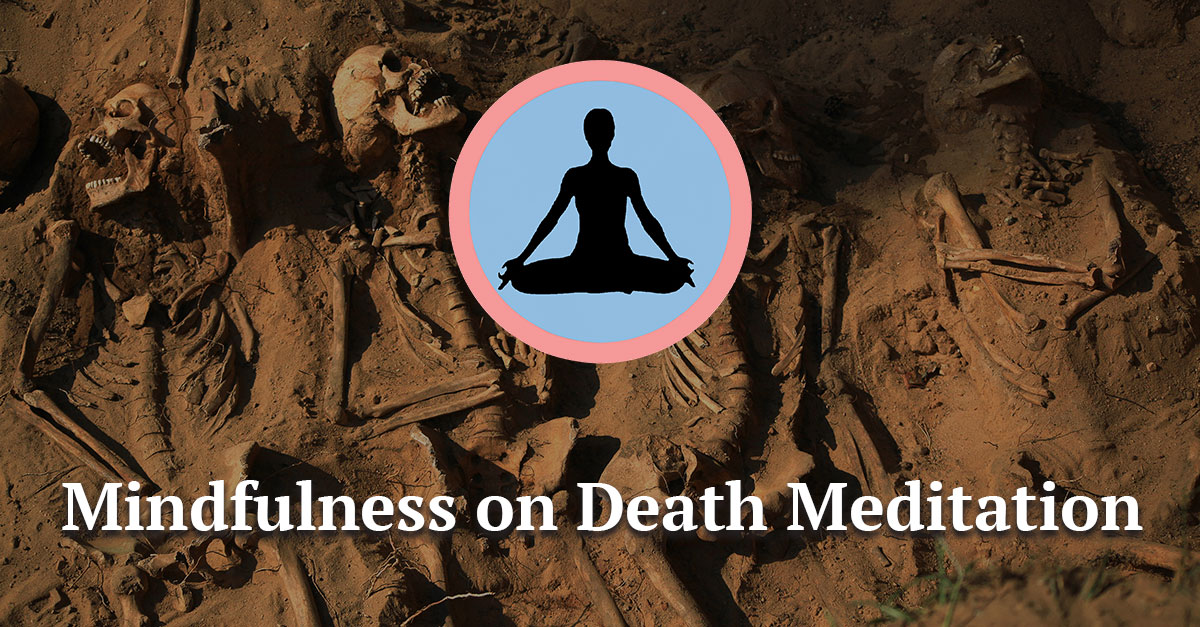

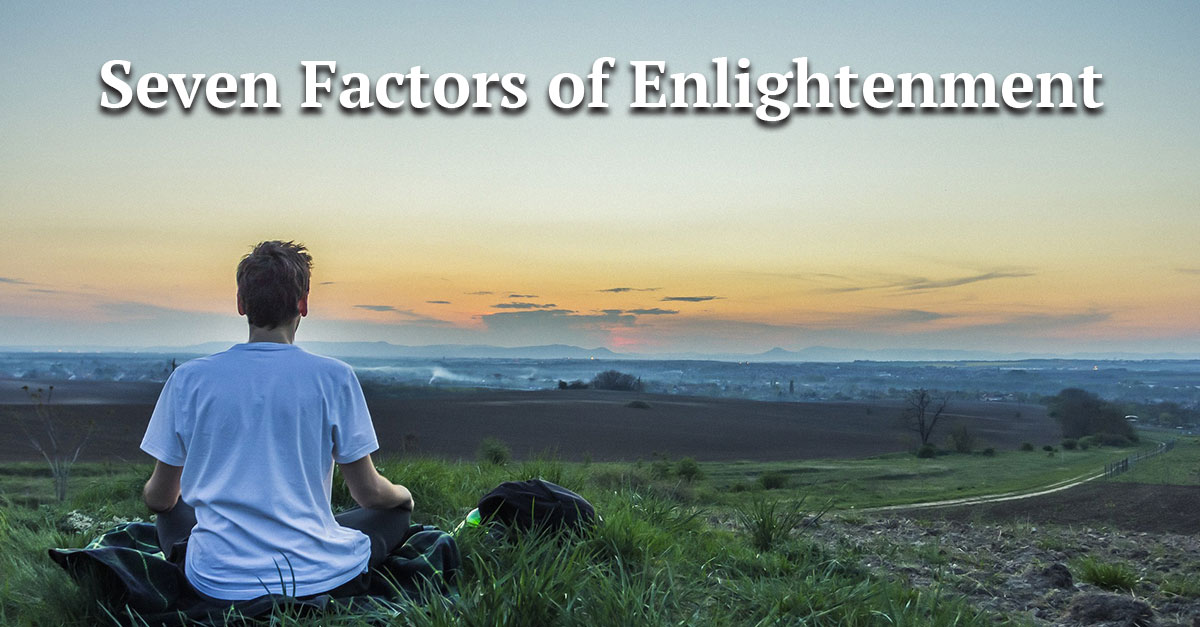




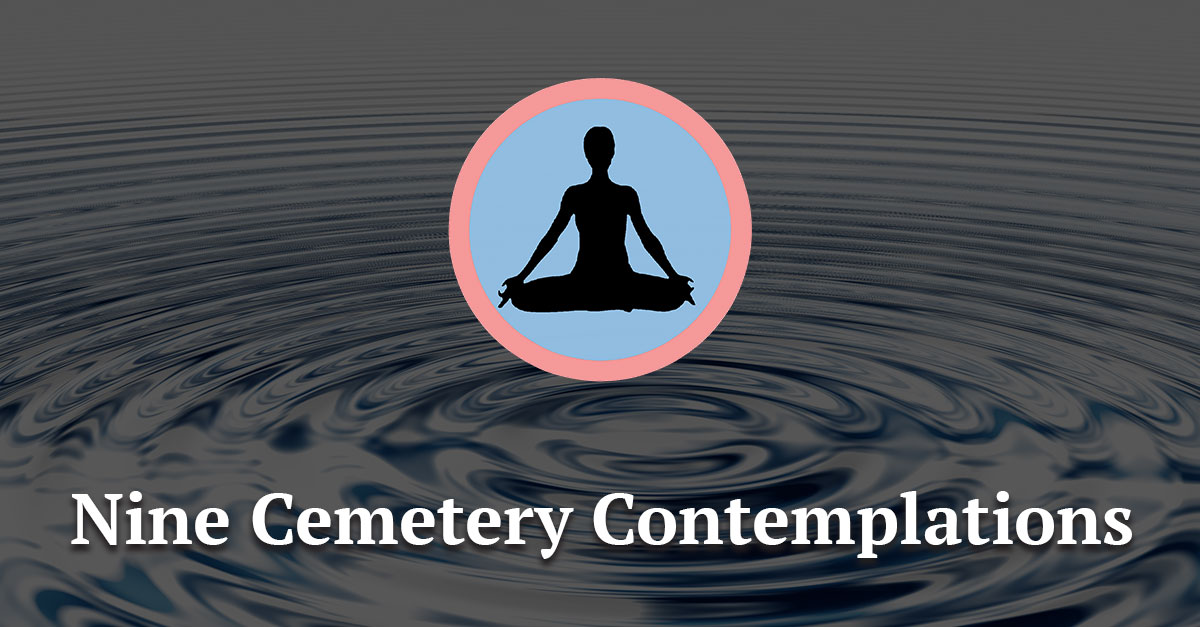
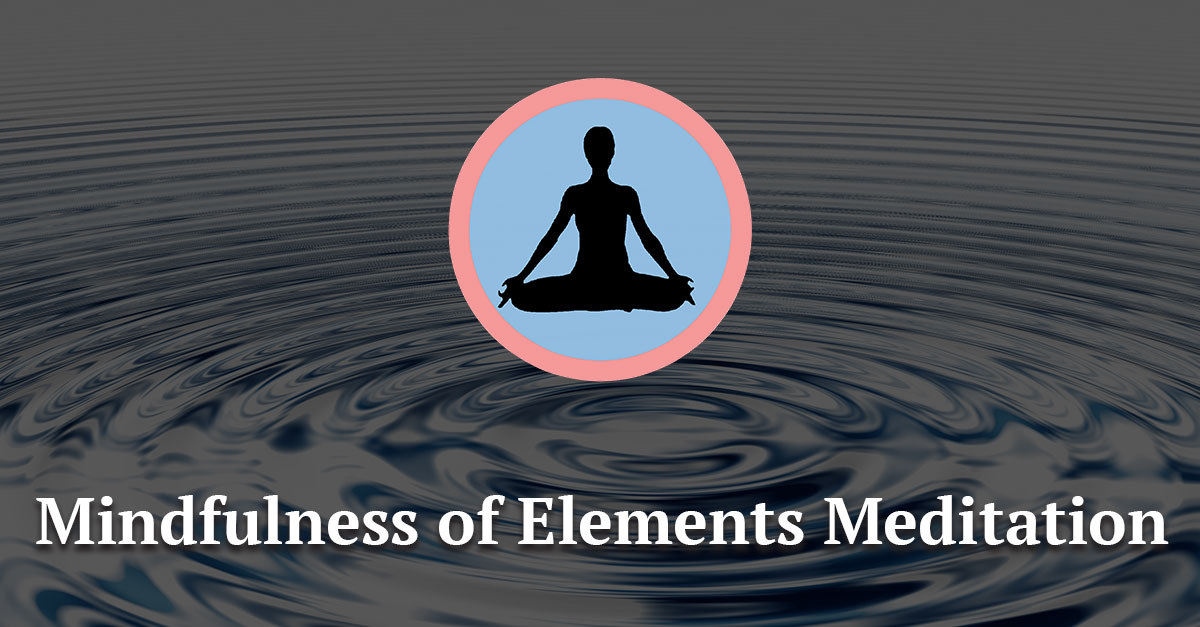
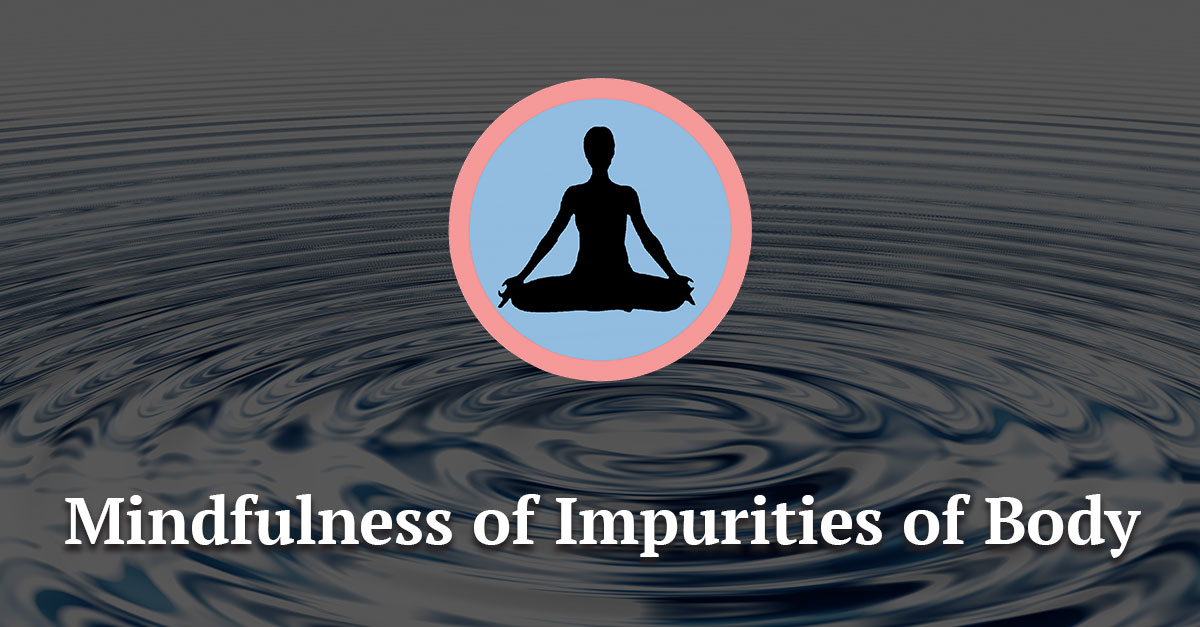
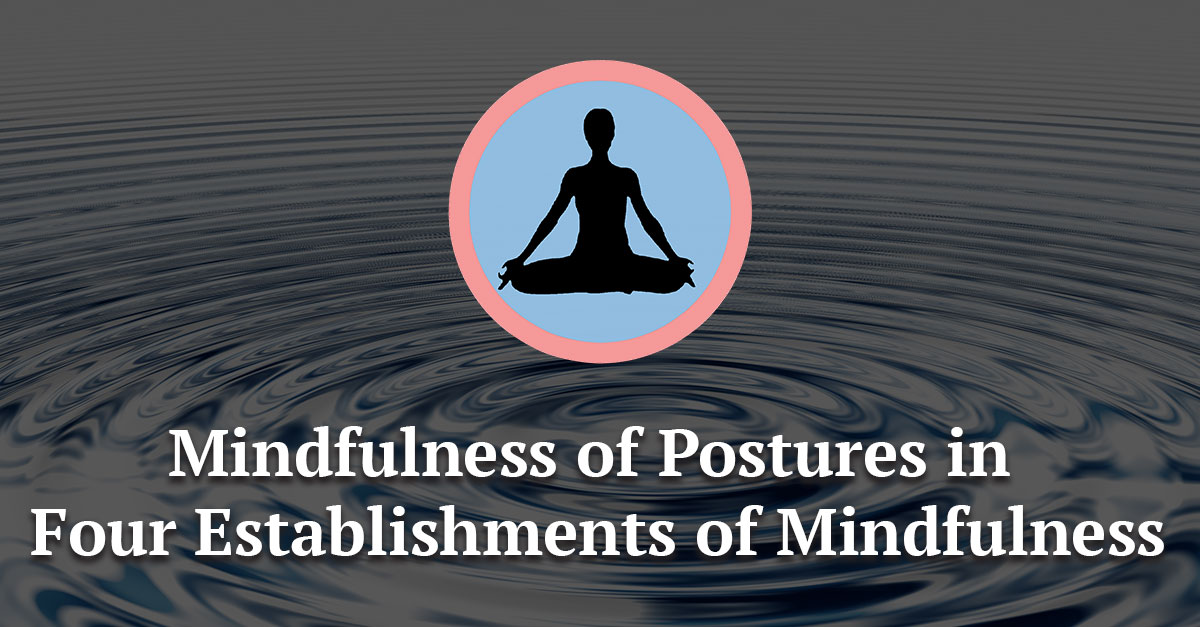


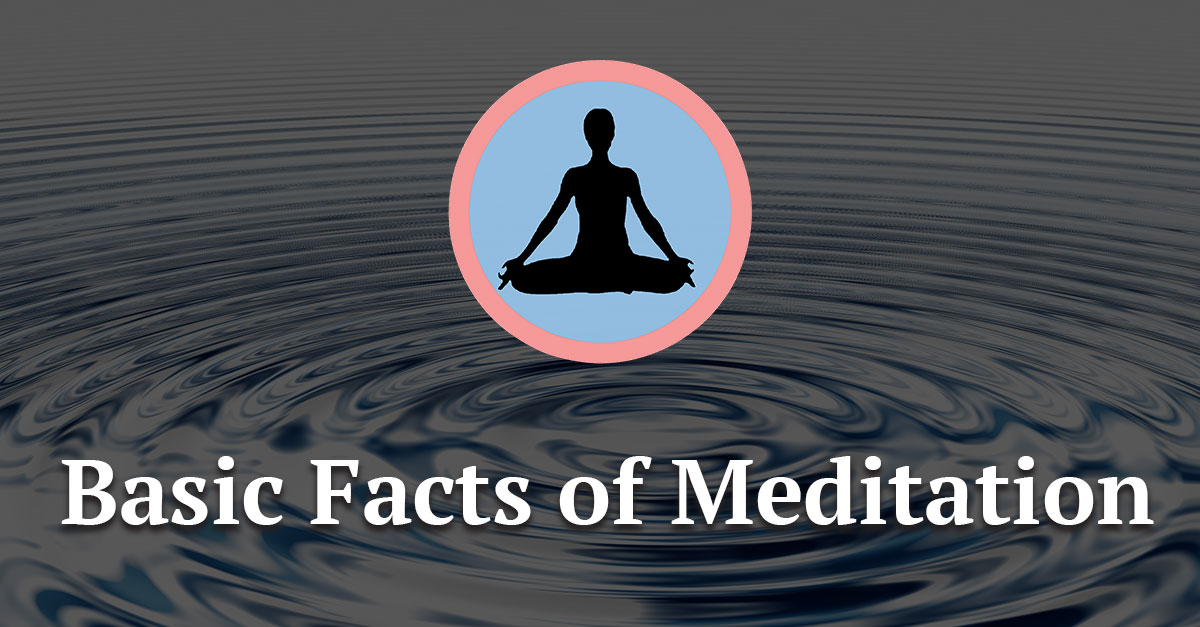
Leave A Comment